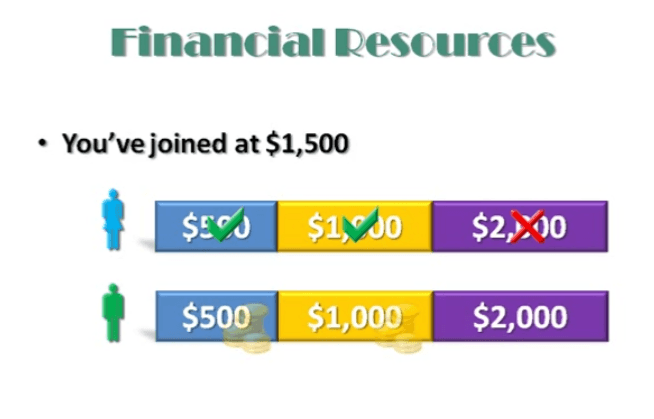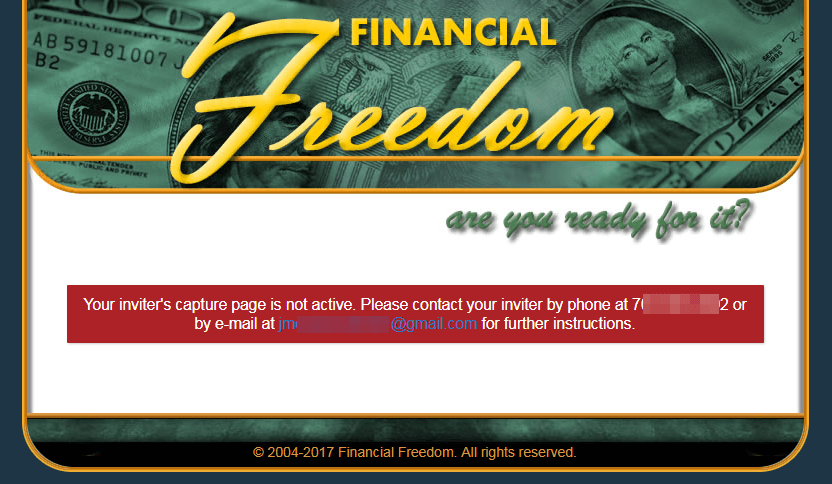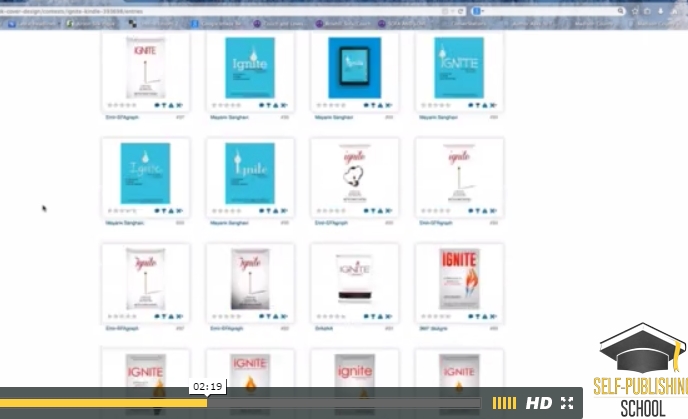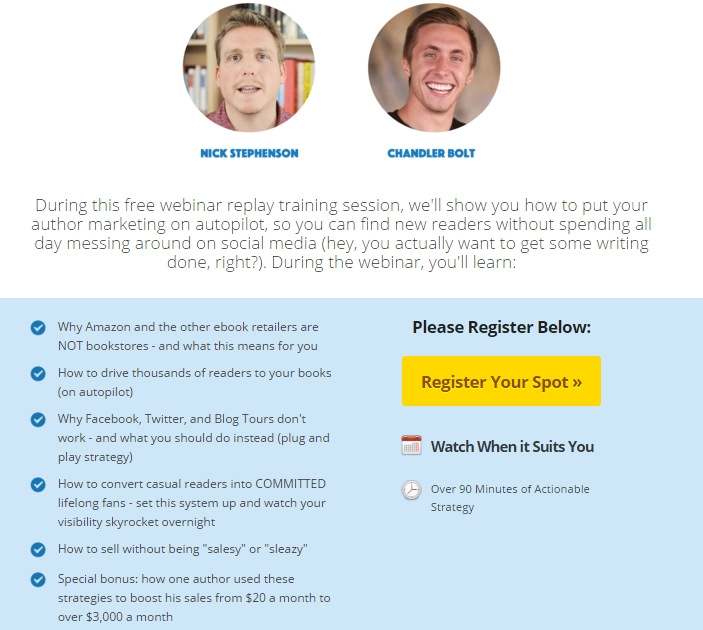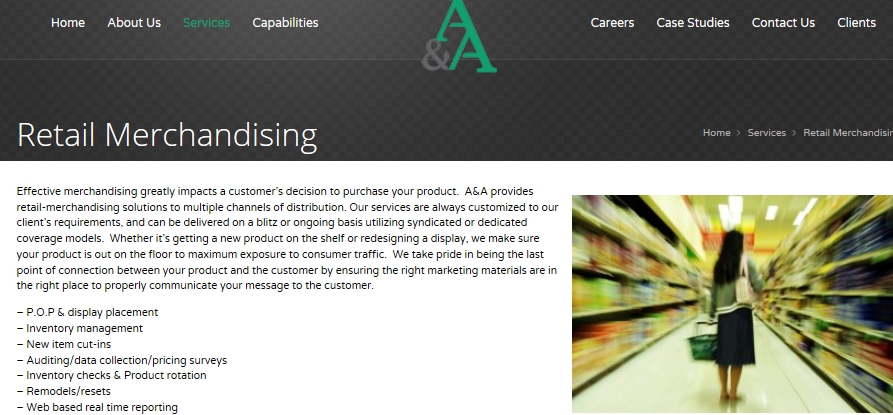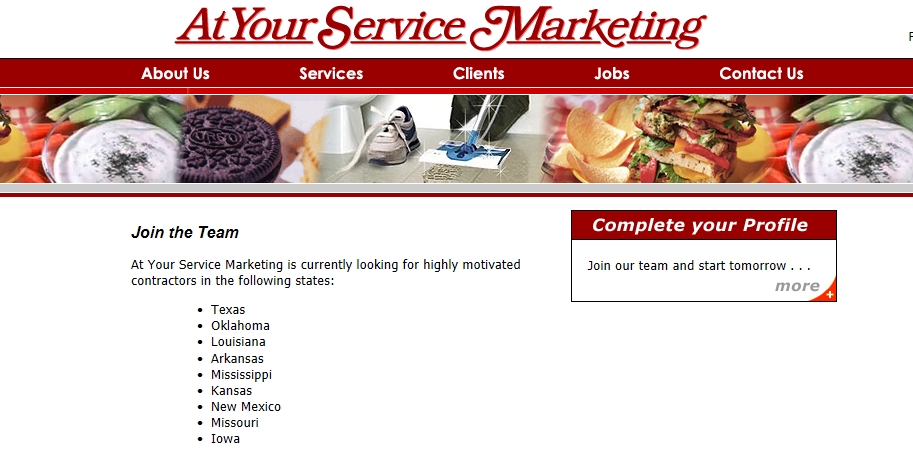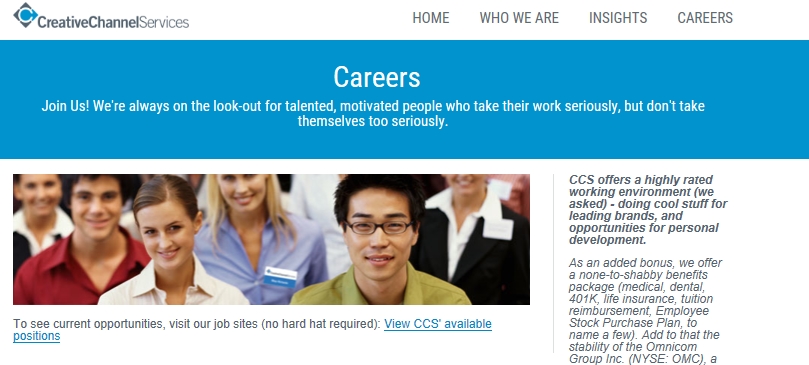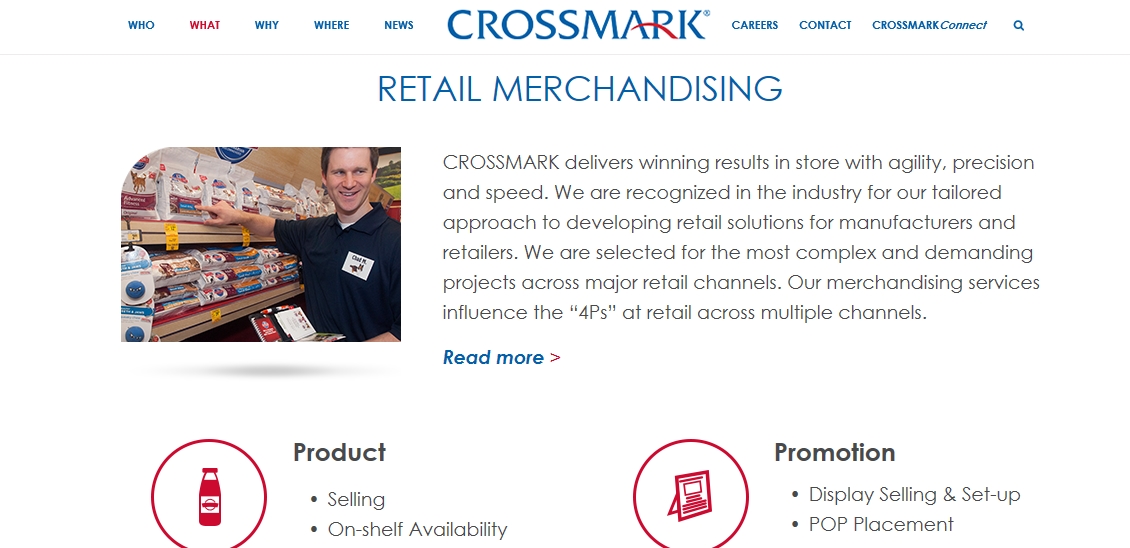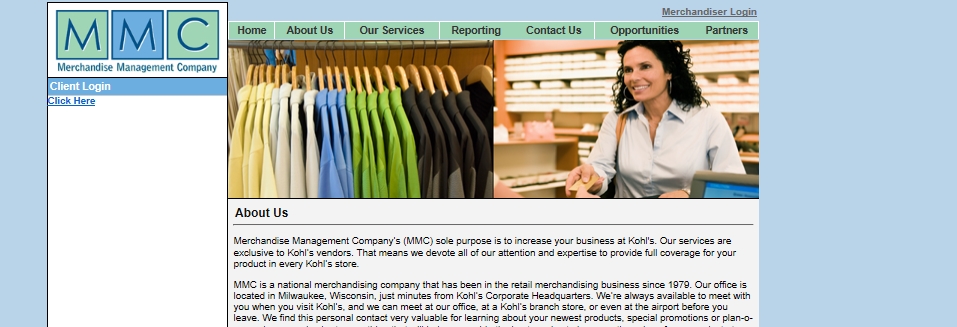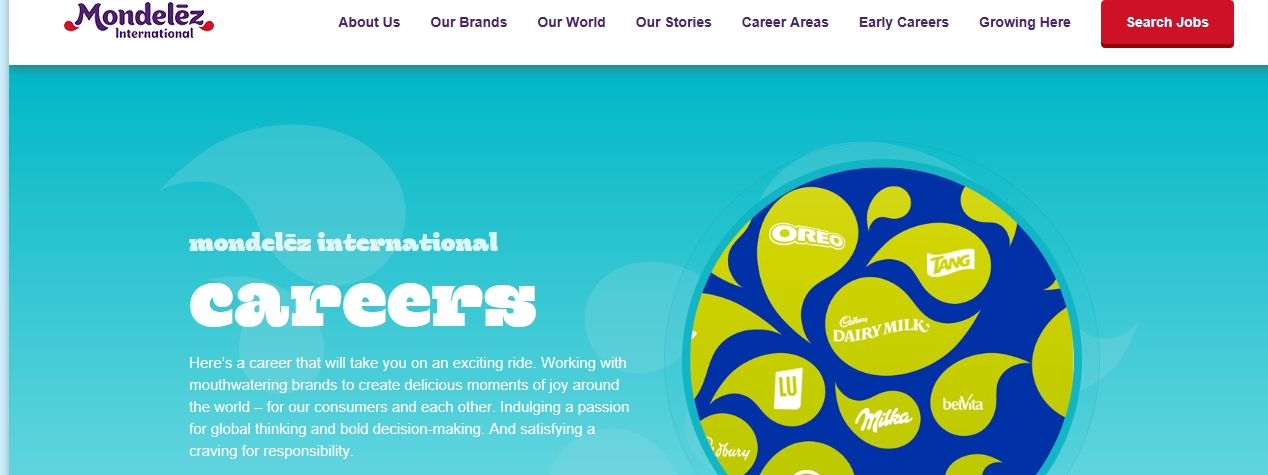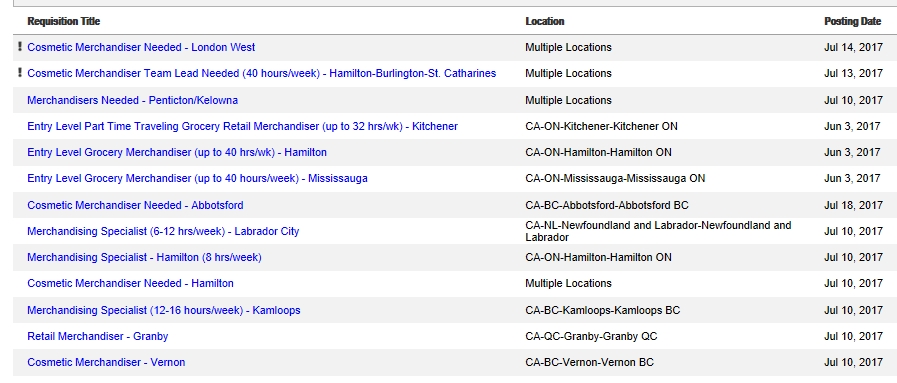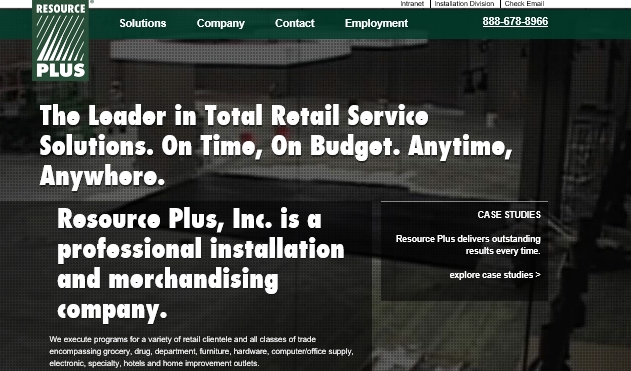In the B2B world, the work of a lead generation specialist makes a whole lot of difference in ensuring people who are interested in your products reach your website. It isn’t as simple as getting traffic to the site from thousands of people around the world.
Lead generation specialists narrow down quality leads from a massive group of people, allowing businesses to prioritize on marketing to guaranteed buyers, instead of freebie-seekers. So if you have 100,000 leads and a lead generation specialist works his magic with this list, businesses can expect 10,000 to 20,000 highly-targeted leads that are more likely to buy or subscribe to what your company is offering.
If you have a solid marketing background with lead generation as a specialization, here are 5 reasons you should go solo and offer your services to companies straight from your home office:
1. The Demand to Outsource is on the Rise
In a report by Brighttalk.com, over 61% of B2B companies state that the lack of time, staff and funding are the biggest obstacles they face when it comes to lead generation.
Companies are aware of the advantages an exceptionally-delivered lead generation can bring to their brands, and see outsourcing as a solution to their challenges. B2B companies outsource lead generation so that their sales team can focus on other more important tasks and act on quality leads that have been obtained by the third-party specialist or lead generation company.
In addition, companies can allocate budget properly, since they can control the number of qualified leads they want to “order” every month and pay only for the leads received.
While the demand is high, freelance lead generation specialists should take advantage of the opportunities available.
2. Experiment Lead Generation Techniques
If you’re an employee working with a lead generation team, your tasks are bound to what you are assigned to do. When you decide to go freelance, you can create your own lead generation campaign with a mix of content development, social media, advertising, and cold calling, among other lead generation techniques.
You can even offer lead generation packages and relevant services such as database management, market classification, data analysis, content syndication and lease lead generation infrastructure.
3. Use a Wide Range of Software
One of the cool things about being the boss of your own career is that you can use whatever lead generation software you feel a campaign requires. From the industry-standards InfusionSoft, Marketo and HubSpot to not-so-popular but still useful programs like LeadPages, Fyrebox, from outbound lead generation software like Datanyze and BuiltWith to data verification software, you are truly in control of how you can achieve your goals.
Because your lead generation efforts won’t be constrained by a company’s licensed software, you’ll be able to mix and match programs, maximizing the potential of every software available, instead of just using an all-in-one marketing tool.
4. High Earning Potential
As Australia-based lead generation specialist Tracie Dickson claims on her blog, she only takes in 5 clients at a time, but makes a huge income while working at home. In general, lead generation specialists who are employed with a company earn around $40,000 per year.
If your lead generation skills are advanced with over 10 years of experience in the marketing industry, there’s a chance that you’ll earn much more per annum when you’re working from home. Imagine handling two to three clients who will pay you $3,500/month. That’s a whopping $10,500/month or $126,000 per year.
Do note that since there will be no company to shoulder hardware and software expenses that may incur from performing various lead-generating tasks; you have to take these things into consideration.
5. Benefit from a Work-from-Home Lifestyle
Working a full time job at home is hard, unless you live alone, live on delivery food, and have help with household chores. It can be extremely challenging if you live in a house with kids below the ages of 5, and juggle cooking with generating leads.
But the benefits of a work-from-home lifestyle is worth all the trouble, since you’ll be able to kiss your kids anytime you feel stressed, or travel with the entire family while working on your laptop.
The Bottom Line
Anyone with a comprehensive marketing background can dive into the world of lead generation, but those who have specialized in internet marketing have more chances to become successful in this field.
Lead generation specialist is definitely a new type of job, but the demand for this role continues to rise. As long as lead generation specialists provide quality leads that could help companies save time, money and resources, companies will prefer to outsource the job and benefit from a well-researched and well-analyzed group of pre-qualified leads that would make the company’s sales funnels and marketing efforts more efficient.











